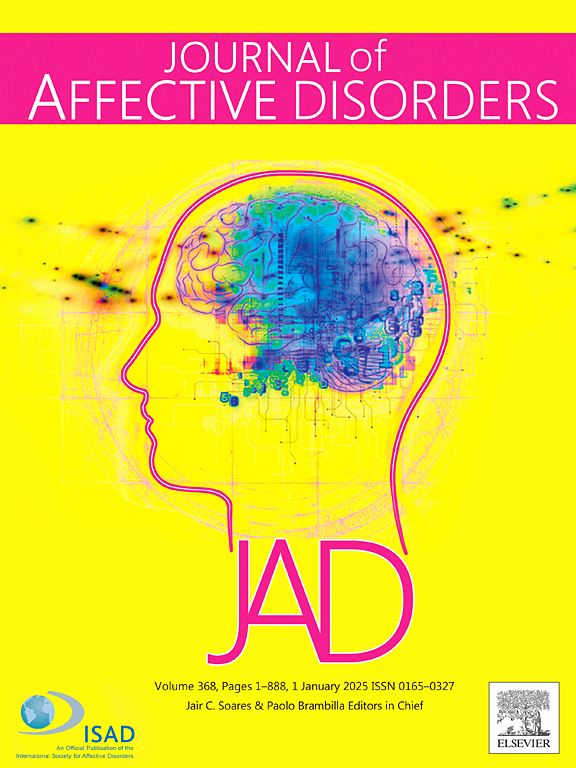Simple dysmood disorder, a mild subtype of major depression, is not an inflammatory condition: Depletion of the compensatory immunoregulatory system
IF 4.9
2区 医学
Q1 CLINICAL NEUROLOGY
引用次数: 0
Abstract
Background
A recent study conducted by the laboratory of the first author revealed that major depression is composed of two distinct subtypes: major dysmood disorder (MDMD) and simple dysmood disorder (SDMD). The latter is a less severe phenotype with fewer aberrant biological pathways. MDMD, but not SDMD, patients were identified to have highly sensitized cytokine/growth factor networks using stimulated whole blood cultures. However, no information regarding serum cytokines/chemokines/growth factors in SDMD is available.
Objectives
This case-control study compares 48 serum cytokines/chemokines/growth factors in academic students with SDMD (n = 64) and first episode (FE)-SDMD (n = 47) to those of control students (n = 44) using a multiplex assay.
Findings
Both FE-SDMD and SDMD exhibited a notable inhibition of immune profiles, such as the compensatory immunoregulatory response system (CIRS) and alternative M2 macrophage and T helper-2 (Th-2) profiles. We observed a substantial reduction in the serum concentrations of five proteins: interleukin (IL)-4, IL-10, soluble IL-2 receptor (sIL-2R), IL-12p40, and macrophage colony-stimulating factor. A considerable proportion of the variability observed in suicidal behaviors (26.7 %) can be accounted for by serum IL-4, IL-10, and sIL-2R (all decreased), CCL11 (eotaxin) and granulocyte CSF (both increased). The same biomarkers (except for IL-10), accounted for 25.5 % of the variance in SDMS severity. A significant correlation exists between decreased levels of IL-4 and elevated ratings of the brooding type of rumination.
Conclusions
SDMD is characterized by the suppression of the CIRS profile, which signifies a disruption of immune homeostasis and tolerance, rather than the presence of an inflammatory response.
求助全文
约1分钟内获得全文
求助全文
来源期刊

Journal of affective disorders
医学-精神病学
CiteScore
10.90
自引率
6.10%
发文量
1319
审稿时长
9.3 weeks
期刊介绍:
The Journal of Affective Disorders publishes papers concerned with affective disorders in the widest sense: depression, mania, mood spectrum, emotions and personality, anxiety and stress. It is interdisciplinary and aims to bring together different approaches for a diverse readership. Top quality papers will be accepted dealing with any aspect of affective disorders, including neuroimaging, cognitive neurosciences, genetics, molecular biology, experimental and clinical neurosciences, pharmacology, neuroimmunoendocrinology, intervention and treatment trials.
 求助内容:
求助内容: 应助结果提醒方式:
应助结果提醒方式:


